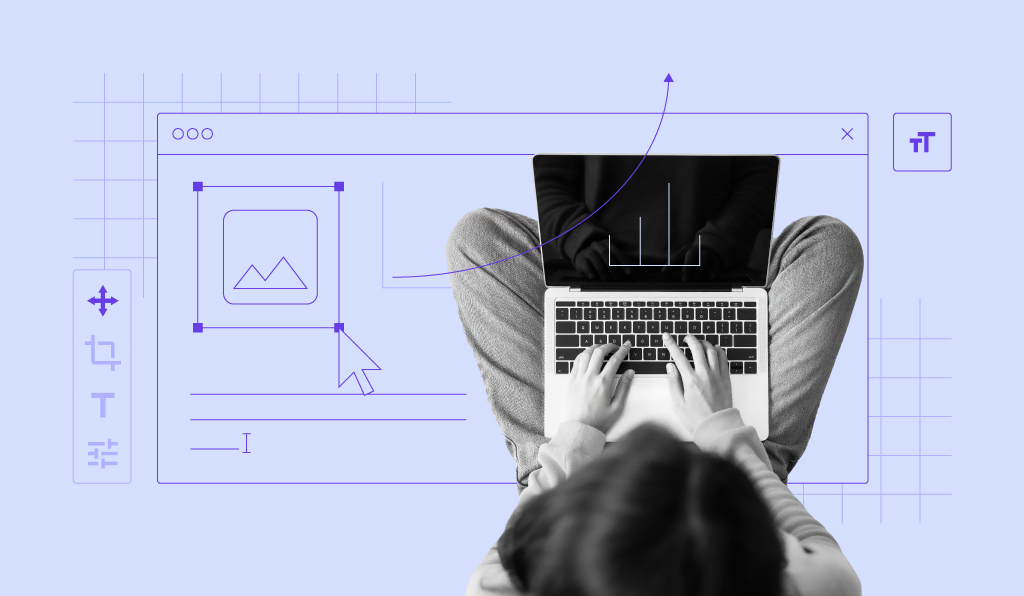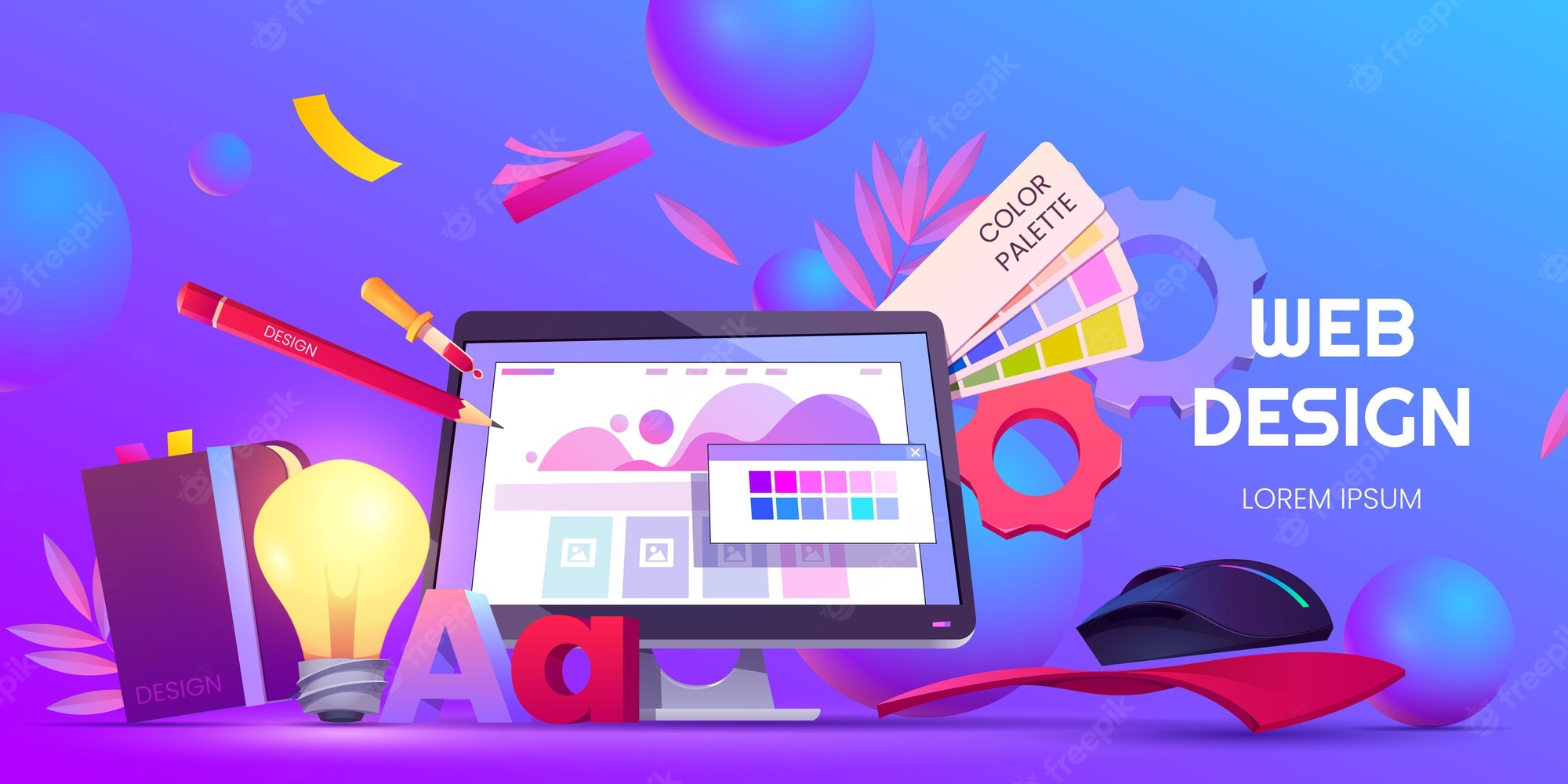Exploring the Influence of User Experience on Effective Web Design
Exploring the Influence of User Experience on Effective Web Design
Blog Article
Checking Out the Influence of Receptive Web Style on Availability and Individual Fulfillment Throughout Different Devices
The introduction of responsive web style (RWD) has actually changed the electronic landscape, particularly in improving availability and customer complete satisfaction across a multitude of devices. By employing flexible user interfaces and flexible formats, RWD not just satisfies diverse customer needs however additionally deals with the crucial value of inclusivity in internet experiences. As we analyze the nuanced interaction in between RWD, mobile web traffic, and customer interaction, it becomes necessary to think about exactly how these aspects collectively influence general website effectiveness. What effects does this have for future design techniques and user assumptions?

Interpretation of Receptive Website Design
Responsive Internet Layout (RWD) transforms the user experience throughout numerous devices by ensuring that internet content adapts fluidly to different display sizes and alignments. This design strategy uses flexible grids, layouts, and pictures, in addition to CSS media queries, to develop a smooth browsing experience. By employing these methods, RWD allows sites to automatically resize and rearrange content, making it easily accessible on tools ranging from desktop computer systems to smart devices.
The core principle of RWD is to offer an optimum viewing experience, that includes easy analysis and navigating without the demand for extreme scrolling or resizing. This flexibility is essential in an electronic landscape where customers access details through various gadgets with varying display resolutions. RWD not just improves usability yet also boosts lots times, as it normally utilizes a single codebase to offer multiple devices, lowering the demand for different mobile websites.
Inevitably, Receptive Web Design aims to create a natural and engaging individual experience, making sure that content is aesthetically enticing and functionally effective, despite the device being used. This versatility is essential in satisfying the varied needs these days's web users, promoting engagement and complete satisfaction across systems.
Importance of Availability
Just how can we ensure that all users, regardless of their capacities, can engage with web material properly? Access in internet layout is of paramount significance, as it fosters inclusivity and guarantees equivalent accessibility to details for people with specials needs. This includes aesthetic, auditory, and cognitive impairments, requiring designers to think about diverse customer requirements.
Carrying out access attributes, such as different message for photos, key-board navigation, and appropriate color contrast, allows users to interact with material seamlessly. In addition, adhering to established standards, such as the Internet Web Content Availability Standards (WCAG), gives a framework for developing accessible web experiences. web design.
By focusing on availability, organizations not only comply with lawful demands however likewise enhance their brand credibility, demonstrating a dedication to social responsibility. Easily accessible sites typically result in improved use for all users, as features developed for inclusivity can benefit a broader audience.
Inevitably, the importance of availability transcends mere conformity; it is concerning creating a digital setting where every individual can browse, understand, and involve with material successfully, consequently enhancing the overall web experience for everyone.
Customer Contentment Across Instruments
Many users anticipate a smooth experience when accessing web content across various tools, from desktops to smart devices. This expectation is rooted in the enhancing diversity of tools and display dimensions available today. Responsive website design (RWD) plays a vital role in satisfying these assumptions by guaranteeing that web sites adjust fluidly to different screen settings.
User fulfillment is significantly influenced by the availability and usability of an internet site - web design. When users can quickly navigate, read, and engage with content regardless of the tool they are utilizing, their total contentment increases. A well-implemented responsive layout minimizes the need for zooming or straight scrolling, which can lead and annoy individuals to higher bounce prices
As users engage with content that is customized to their tool, they are much more most likely to spend time on the website, return for future check outs, and recommend it to others. Eventually, responsive web layout promotes a positive partnership between individuals and web content across devices.
Effect On Mobile Users

The influence of RWD on mobile users extends past visual appeals; it dramatically affects functionality. A well-designed responsive website minimizes the requirement for extreme scrolling and zooming, assisting in a more instinctive interaction. Moreover, it cultivates inclusivity by fitting users with varying capacities, making certain that those who count on smart phones can access info easily.
In addition, mobile customers profit from quicker loading times, as RWD optimizes resources based upon device capabilities. This efficiency is important, as mobile individuals commonly look for quick information and may abandon websites that fail to load promptly. Ultimately, the combination of responsive web layout is crucial for meeting the diverse requirements of mobile customers, boosting their overall experience and motivating ongoing engagement with the web content.
Ideal Practices for Application
Carrying out responsive web layout (RWD) efficiently calls for adherence to several ideal methods that guarantee optimum performance throughout tools. Initially, using a liquid grid layout is essential; this enables elements to resize proportionally based upon the display dimensions, giving a seamless experience. Additionally, employing versatile photos guarantees that visuals range appropriately without losing high quality or causing design issues.

Making sure that all interactive aspects are touch-friendly and maximizing web page load times significantly contribute to individual fulfillment and availability. By adhering to these best techniques, organizations can produce a accessible and robust internet visibility that meets the diverse requirements of individuals across various devices.
Conclusion
In verdict, responsive website design plays an important function in improving ease of access and user complete satisfaction throughout varied gadgets. By implementing adaptable grids, pictures, and media queries, RWD facilitates a smooth user experience, specifically for individuals with impairments. As mobile use remains to enhance, the fostering of RWD ends up being critical for providing functionally effective and visually appealing sites. Inevitably, the assimilation of ideal methods in receptive layout cultivates Learn More Here inclusivity, reduces bounce prices, and advertises greater individual engagement.
The development of receptive web style (RWD) has transformed the electronic landscape, particularly in enhancing ease of access and customer contentment across a plethora of tools.Receptive Internet Style (RWD) changes the customer experience across numerous tools by guaranteeing click now that web material adapts fluidly to different screen dimensions and alignments. Eventually, responsive web style promotes a positive connection between individuals and internet material across tools.
Over 54% of international internet website traffic now stems from mobile devices, highlighting the critical importance of optimizing internet experiences for this customer base. Responsive web design (RWD) plays a crucial duty in boosting availability and individual contentment for mobile customers.
Report this page